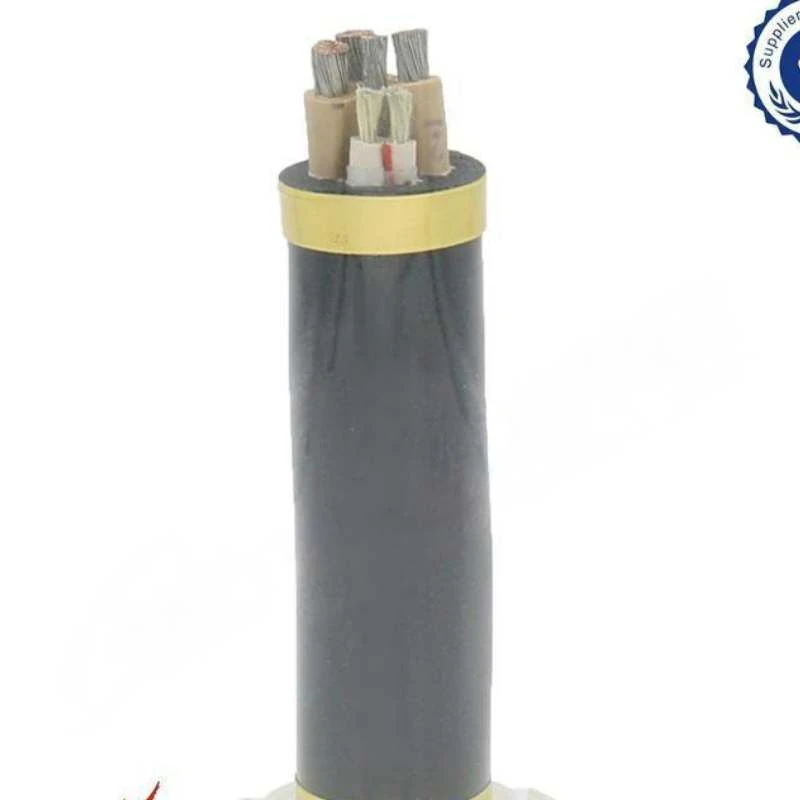Dec . 09, 2024 17:20 Back to list
Versatile Rubber Joints for Enhanced Flexibility in Various Applications
Understanding Flexible Rubber Joints Importance and Applications
Flexible rubber joints are critical components in various industrial applications, providing essential benefits that enhance system performance and longevity. These joints are designed to accommodate movement, reduce vibrations, and minimize stress caused by thermal expansion and contraction. With their ability to absorb shock and misalignment, flexible rubber joints play a pivotal role in ensuring the efficiency and reliability of piping systems, machinery, and equipment.
Construction and Design
Typically, flexible rubber joints are made from high-quality elastomers that can withstand harsh environmental conditions. The materials used in their construction vary, including natural rubber, neoprene, EPDM, and silicone, each offering specific properties suited for different applications. The design of these joints usually features a central flexible core with flanged ends or attached pipe fittings, allowing for easy installation in existing systems.
The flexibility of these joints enables them to accommodate a range of movements, including lateral, angular, and axial shifts caused by operational conditions. This adaptability is crucial in preventing damage to piping systems, as rigid connections would transmit stress and strain, leading to leaks or breaks.
Key Benefits
1. Vibration Isolation One of the primary advantages of using flexible rubber joints is their ability to absorb vibrations and shocks. In industrial settings, equipment such as pumps, compressors, and generators can generate significant vibration during operation. By incorporating flexible rubber joints, these vibrations are mitigated, reducing wear and tear on connected machinery and increasing their lifespan.
2. Compensating for Misalignment Pipe systems often face challenges with alignment due to various factors, including thermal expansion and ground movement. Flexible rubber joints can accommodate these misalignments without causing undue stress on the connected pipes, ensuring a seamless flow of fluids and minimizing the risk of leaks.
3. Corrosion Resistance The materials used in flexible rubber joints are often resistant to corrosion, making them suitable for various applications, including chemical processing, water treatment, and HVAC systems. This resistance extends the joints' service life, reducing the need for frequent replacements.
flexible rubber joint

4. Ease of Installation Flexible rubber joints provide straightforward installation processes, often requiring only basic tools. This ease of installation translates to reduced labor costs and lower system downtime during maintenance or upgrades.
Applications Across Industries
Flexible rubber joints are utilized across a wide range of industries, including
- Water and Wastewater Management In water treatment plants and sewage systems, flexible rubber joints help manage the movement and vibrations of large pipes, ensuring efficient fluid transfer. - Oil and Gas In the oil and gas sector, these joints assist in connecting pipelines, allowing for the safe transport of hydrocarbons while accommodating ground shifts and thermal expansion.
- Manufacturing Many manufacturing processes involve machinery that produces vibrations. Flexible rubber joints are instrumental in connecting equipment and piping, ensuring operational stability and efficiency.
- HVAC Systems In heating, ventilation, and air conditioning systems, these joints are crucial in connecting ductwork and piping, allowing for the necessary adjustments to align with changes in temperature and pressure.
Conclusion
Flexible rubber joints serve as indispensable components in modern industrial systems, providing significant advantages in vibration isolation, alignment compensation, and corrosion resistance. Their versatility and ease of installation make them a go-to solution across various sectors. As industries continue to seek more efficient and durable solutions, the role of flexible rubber joints is set to remain vital in maintaining system integrity and enhancing operational performance. Understanding their importance not only aids in choosing the right components for specific applications but also acknowledges their contribution to the overall efficiency of industrial operations.
Share
-
Advanced Technology in Wire and Cable FactoryNewsAug.19,2025
-
Applications of Ball Check Valve in Water Treatment PlantsNewsAug.19,2025
-
How Osy Gate Valve Ensures Leak - Tight SealingNewsAug.19,2025
-
Selection Criteria for Wafer Type Butterfly ValveNewsAug.19,2025
-
Threaded Ball Valve Pressure RatingsNewsAug.19,2025
-
Y Strainer PN16 Cost - Effectiveness AnalysisNewsAug.19,2025


